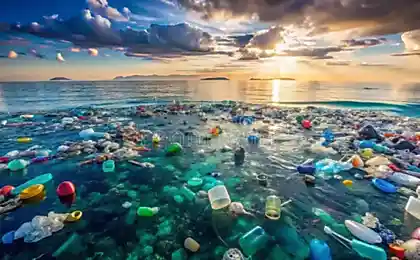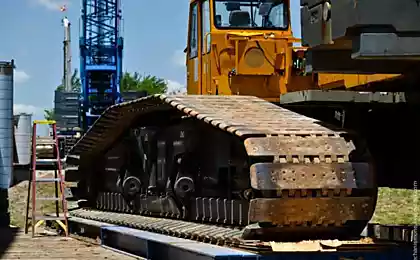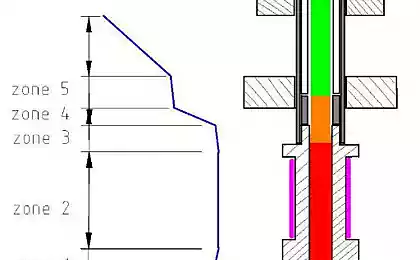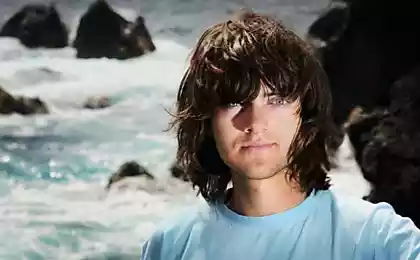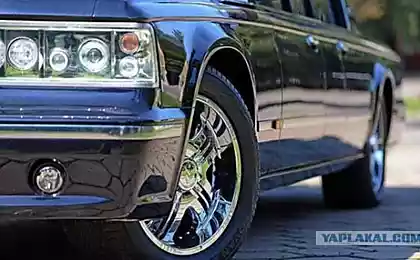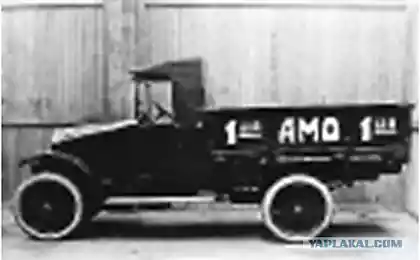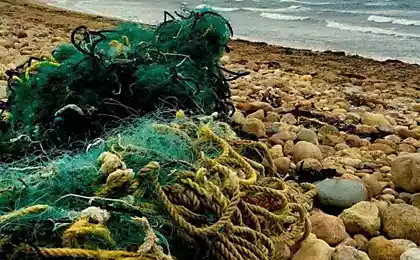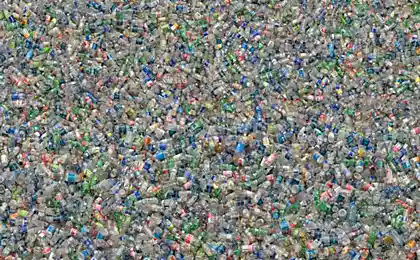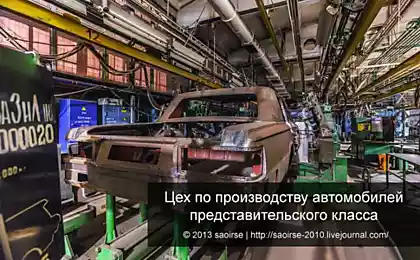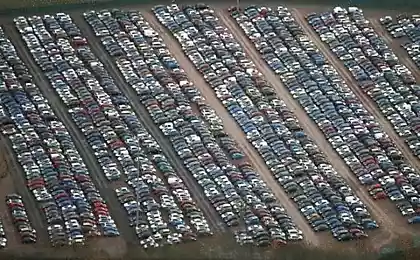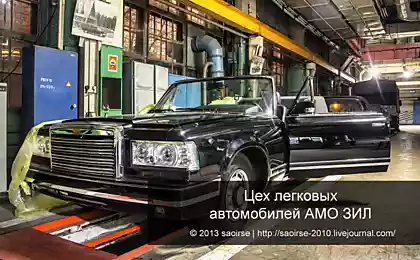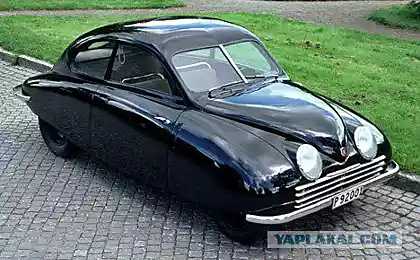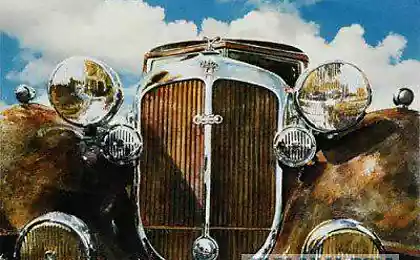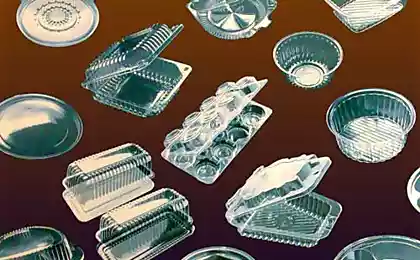134
How megacities get rid of cars, plastic and concrete landscapes
Modern megacities of the world resort to incredible environmental fictions to improve air quality, effectively dispose of garbage and turn concrete neighborhoods into parks. The number of cars on the streets of the city is reduced in different ways: restrict the entrance to the center, build cycle paths, develop a network of public transport.
In 2007, the first solar-powered buses were introduced on the streets of Adelaide, Australia’s fifth largest city. Tindo can carry up to 40 people without solar panels, but the latter are installed at stops where the bus is charged with energy. Passengers can travel on this bus for free. In its first year of operation, Tinto saved 14,000 litres of diesel fuel.
According to official statistics, the bus annually prevents 70,000 kilograms of CO2 from entering the atmosphere. But Paris has significantly reduced CO2 emissions into the atmosphere by launching the car rental system Autolib. Created in 2011, the service offers a large fleet of cars, an extensive network of charging stations and a flexible system of automated rent payment. You can rent a green car in one place and return it in another. In 250 points of the network can recharge and private electric cars electric motorcycles. Each charging station and rental center has from 4 to 20 parking spaces and a self-service terminal where you can arrange the service.
You can rent a car using the appropriate program on a smartphone. The app will also help you find the nearest free car or recharging station. According to the data, in January 2014, Autolib had 2,012 cars, 857 stations and rental centers and 4,358 parking spaces and charging points. In Israel, the number of cars on the streets is trying to reduce through joint trips. Navigation app Waze has launched a pilot car-sharing program RideWith, which allows users to find a suitable route, as well as calculate and reimburse the cost of a trip to the owner of the car.
Much attention is paid to megacities and waste disposal. For example, on the streets of Turkish cities appeared machines that collect plastic garbage and feed homeless animals. In exchange for an empty plastic bottle thrown away by a citizen, the device pours food for cats and dogs. Thus, a company that is engaged in the processing of plastics receives raw materials, residents – the opportunity to do a good deed, and animals – products. In an effort to reduce CO2 emissions, cities are shifting buildings to renewable energy sources. So, last summer in the federal state of North Rhine-Westphalia opened the first carbon-free railway station in Europe.
Solar and geothermal energy is used to power, heat and cool the Kerpen-Horri station, between Cologne and Aachen. A green roof collects rainwater for toilets, lighting is provided by LED lights and daylight that comes through large windows and glazed parts of the roof. In the “green” station Kerpen-Horry invested 4.3 million euros.
Soon a similar station will be built in the federal state of Saxony-Anhalt. In Hamburg, built a five-story residential building Bio Intelligent Quotient (BIQ), which receives energy from algae located in 129 special translucent containers. “Green” panels, with a total area of about 200 square meters. m, perform not only a decorative function, but also provide noise and thermal insulation of the house.
Algae that grow very quickly thanks to the sun and constant supply of nutrients are processed into biomethane, and the heat from the nutrient medium in the panels is used to heat and heat water in the house. These bioreactors are capable of generating about 6,000 on their own. KWh of useful thermal energy or 4.5 thousand KWh of net electricity per year. In the Netherlands, they intend to install wind turbines on the roofs of houses that monitor the wind.
Almost silent (just 45 dB) wind turbines are capable of producing about 1,500 kWh of electricity per year at a wind speed of just 4.5 m/s. Megacities are trying to dilute the concrete jungle with green islands, equipping gardens and gardens on the roofs of houses. High-rise New York City succeeded in this direction, which was one of the first - back in 1883 - to equip a green area on the roof of the Chelsea Hotel.
In addition to recreational functions, such parks allow you to retain rainwater and cool the air in the city. Atmospheric precipitation in Grenoble is used to create artificial ponds. Landscape designers form the relief and “collect” rainwater inside the future quarter with the help of soil, which remains after the excavation of new houses under the foundations of the pits. Swampy vegetation, planted on the drains of rainwater, allows you to trap garbage and make artificial ponds clean enough.
P.S. And remember, just by changing our consumption – together we change the world!
Join us on Facebook, VKontakte, Odnoklassniki
Source: ecotown.com.ua/news/YAk-mehapolisy-pozbavlyayutsya-vid-avtomobiliv-plastyku-i-betonnykh-peyzazhiv/
In 2007, the first solar-powered buses were introduced on the streets of Adelaide, Australia’s fifth largest city. Tindo can carry up to 40 people without solar panels, but the latter are installed at stops where the bus is charged with energy. Passengers can travel on this bus for free. In its first year of operation, Tinto saved 14,000 litres of diesel fuel.
According to official statistics, the bus annually prevents 70,000 kilograms of CO2 from entering the atmosphere. But Paris has significantly reduced CO2 emissions into the atmosphere by launching the car rental system Autolib. Created in 2011, the service offers a large fleet of cars, an extensive network of charging stations and a flexible system of automated rent payment. You can rent a green car in one place and return it in another. In 250 points of the network can recharge and private electric cars electric motorcycles. Each charging station and rental center has from 4 to 20 parking spaces and a self-service terminal where you can arrange the service.
You can rent a car using the appropriate program on a smartphone. The app will also help you find the nearest free car or recharging station. According to the data, in January 2014, Autolib had 2,012 cars, 857 stations and rental centers and 4,358 parking spaces and charging points. In Israel, the number of cars on the streets is trying to reduce through joint trips. Navigation app Waze has launched a pilot car-sharing program RideWith, which allows users to find a suitable route, as well as calculate and reimburse the cost of a trip to the owner of the car.
Much attention is paid to megacities and waste disposal. For example, on the streets of Turkish cities appeared machines that collect plastic garbage and feed homeless animals. In exchange for an empty plastic bottle thrown away by a citizen, the device pours food for cats and dogs. Thus, a company that is engaged in the processing of plastics receives raw materials, residents – the opportunity to do a good deed, and animals – products. In an effort to reduce CO2 emissions, cities are shifting buildings to renewable energy sources. So, last summer in the federal state of North Rhine-Westphalia opened the first carbon-free railway station in Europe.
Solar and geothermal energy is used to power, heat and cool the Kerpen-Horri station, between Cologne and Aachen. A green roof collects rainwater for toilets, lighting is provided by LED lights and daylight that comes through large windows and glazed parts of the roof. In the “green” station Kerpen-Horry invested 4.3 million euros.
Soon a similar station will be built in the federal state of Saxony-Anhalt. In Hamburg, built a five-story residential building Bio Intelligent Quotient (BIQ), which receives energy from algae located in 129 special translucent containers. “Green” panels, with a total area of about 200 square meters. m, perform not only a decorative function, but also provide noise and thermal insulation of the house.
Algae that grow very quickly thanks to the sun and constant supply of nutrients are processed into biomethane, and the heat from the nutrient medium in the panels is used to heat and heat water in the house. These bioreactors are capable of generating about 6,000 on their own. KWh of useful thermal energy or 4.5 thousand KWh of net electricity per year. In the Netherlands, they intend to install wind turbines on the roofs of houses that monitor the wind.
Almost silent (just 45 dB) wind turbines are capable of producing about 1,500 kWh of electricity per year at a wind speed of just 4.5 m/s. Megacities are trying to dilute the concrete jungle with green islands, equipping gardens and gardens on the roofs of houses. High-rise New York City succeeded in this direction, which was one of the first - back in 1883 - to equip a green area on the roof of the Chelsea Hotel.
In addition to recreational functions, such parks allow you to retain rainwater and cool the air in the city. Atmospheric precipitation in Grenoble is used to create artificial ponds. Landscape designers form the relief and “collect” rainwater inside the future quarter with the help of soil, which remains after the excavation of new houses under the foundations of the pits. Swampy vegetation, planted on the drains of rainwater, allows you to trap garbage and make artificial ponds clean enough.
P.S. And remember, just by changing our consumption – together we change the world!
Join us on Facebook, VKontakte, Odnoklassniki
Source: ecotown.com.ua/news/YAk-mehapolisy-pozbavlyayutsya-vid-avtomobiliv-plastyku-i-betonnykh-peyzazhiv/
Smoothie pineapple and grapefruit with pumpkin seeds is one of the best fat burners!
The Rostov firm plans to start production of wind turbines for export

